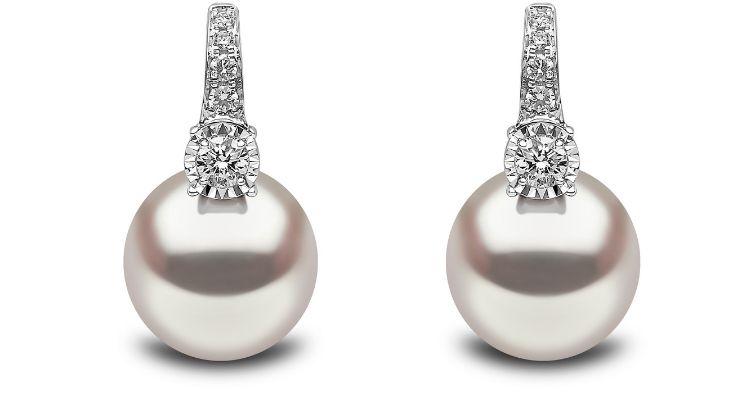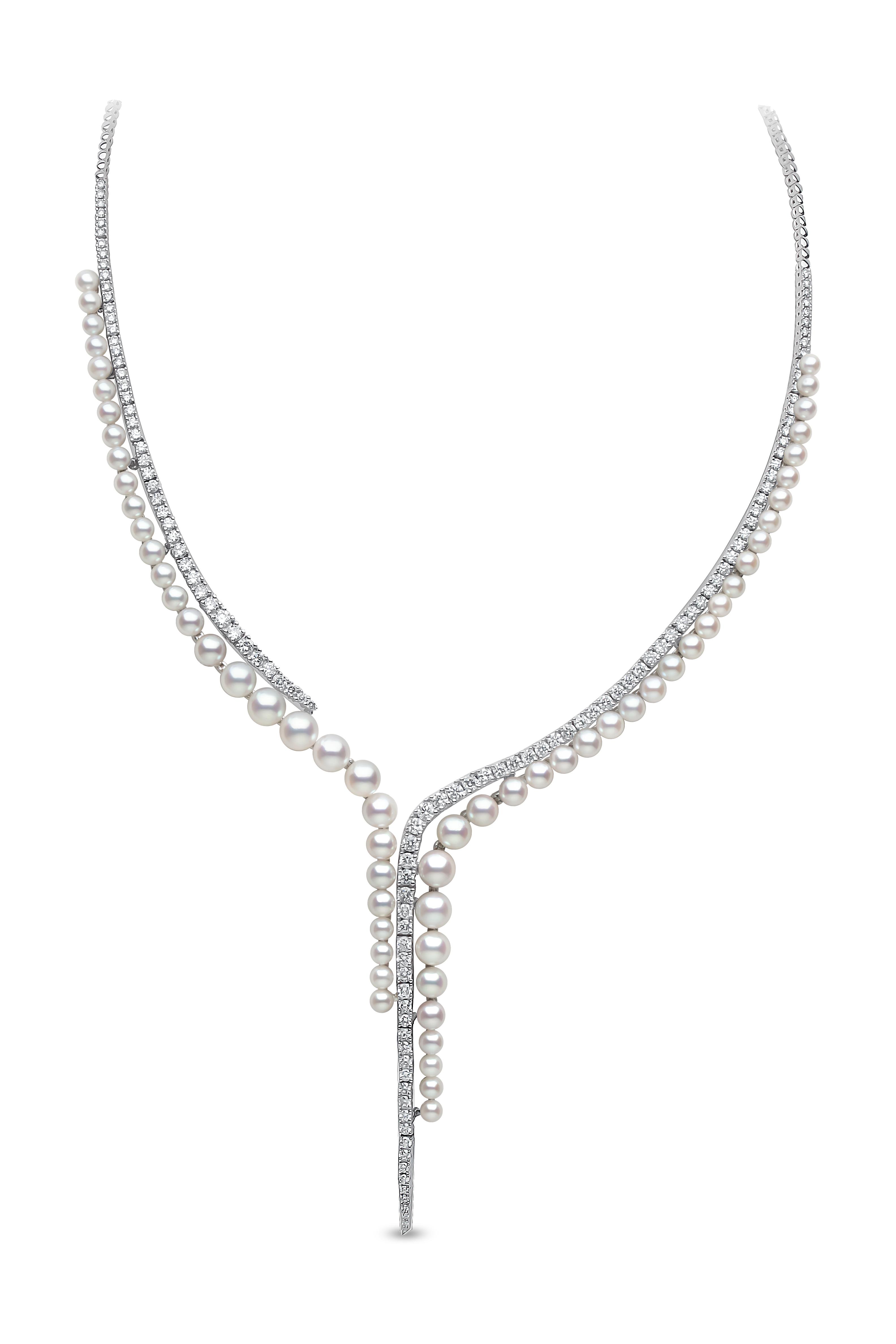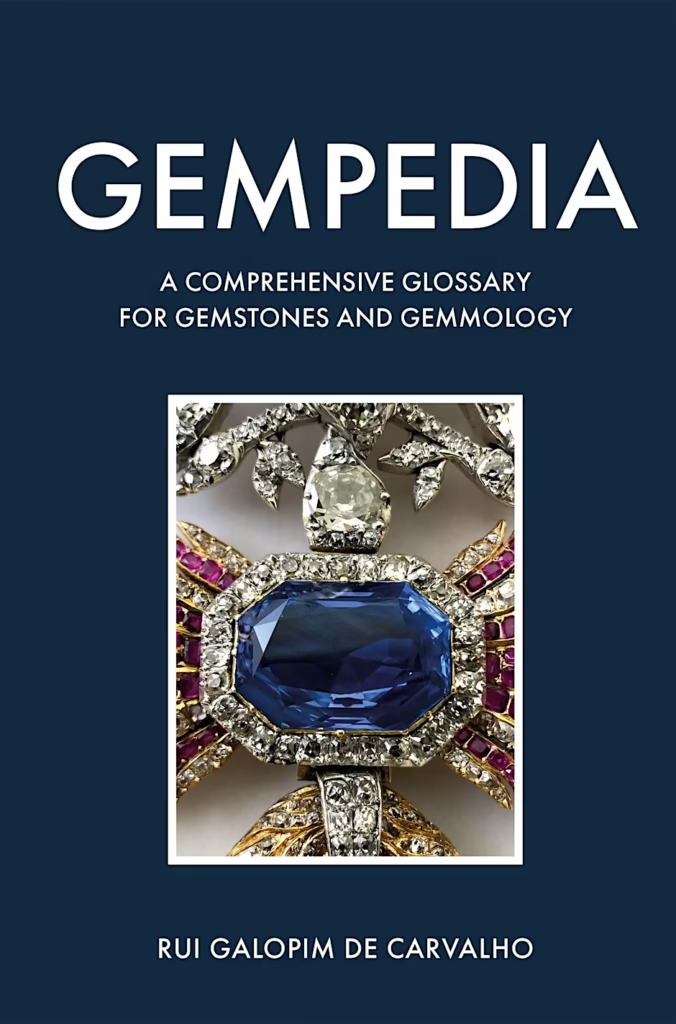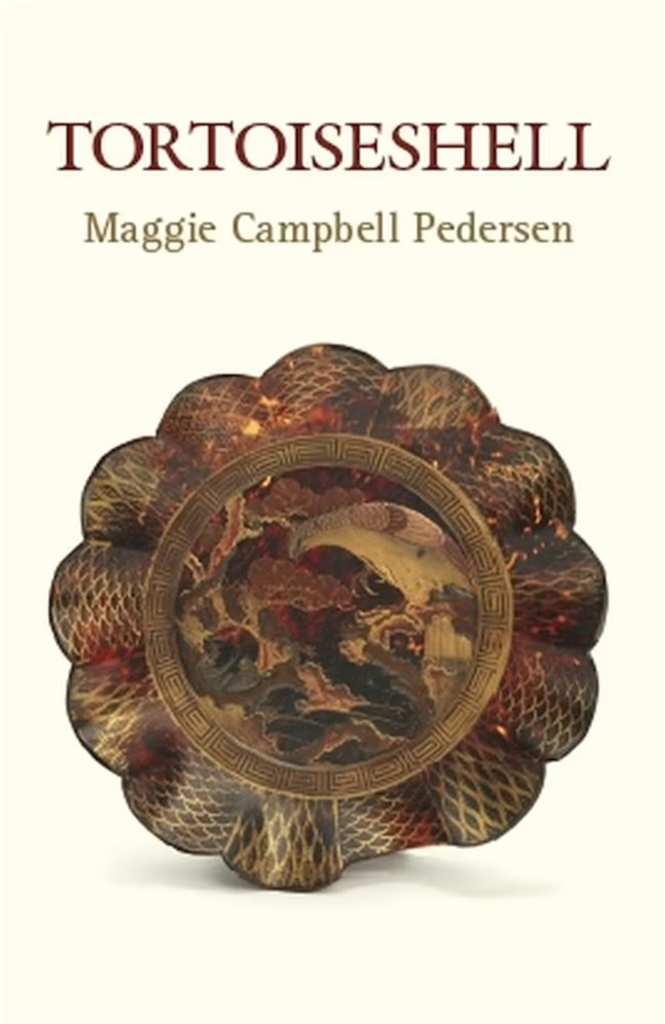
Treasured the world over for their timeless elegance, lustre and iridescent multi-tonal colours, pearls have been a favourite of high-end jewellers and collectors alike for hundreds of years.
The majority of gem-quality pearls are produced by bivalve molluscs (an animal whose shell has two hinged parts), but they can also be produced by gastropods (a single shell) which are more rare and may come at a higher price. A pearl is created when an irritant agitates the body of a mollusc and initiates the growth of nacre, a substance that is created by platy crystals of aragonite (a calcium carbonate mineral) held together by an organic compound known as conchiolin.
Well-shaped, naturally occurring specimens can be very rare and highly expensive – in 2017, a natural pearl and diamond drop pendant sold for US$1,452,500 at a Bonhams auction. Cultured saltwater and freshwater pearls are far more abundant and can be cultured to produce excellent lustre in a variety of colours and sizes. But what are the main differences between saltwater and freshwater pearls, and what are the key characteristics that make the highest quality and most desirable specimens?
Saltwater Pearls
Saltwater pearls are produced by oysters found in the sea and generally only a single pearl per shell is found. As natural saltwater pearls are extremely difficult to come across, cultured specimens make up the vast majority on the market. Cultured saltwater pearls are farmed with a bead nucleus made from shells of freshwater molluscs (mussels) as these varieties tend to have thicker shell sections which are ideal for fashioning into a sphere.
 3.5-5.9mm Akoya pearls, 3.979cts of diamonds, set in 18ct white gold. From the Yoko London Raindrop Collection. Image courtesy of Yoko London.
3.5-5.9mm Akoya pearls, 3.979cts of diamonds, set in 18ct white gold. From the Yoko London Raindrop Collection. Image courtesy of Yoko London.Akoya Pearls
Kokichi Mikimoto perfected the process for culturing pearls in Japan in the 1890s, utilizing Akoya pearl oysters. Akoya pearls are characterised by their very bright lustre and usually white body colour, often enhanced by bleaching. Pink, silver, blue and yellow shades can also occur naturally. Akoya pearls will normally have a diameter of 6-8 millimetres.
Read more: Pearls for Those Born in June
Grey and black saltwater pearls are highly desirable and have been known to fetch stellar prices at auction. The Cowdray pearl necklace, a string of 42 natural grey saltwater pearls once owned by Viscountess Cowdray, broke the auction record for the sale of a pearl necklace when it sold for US$5.3 million at Sotheby’s Hong Kong in 2015.

8.5-13.8mm South Sea, Akoya and Tahitian pearls, 18ct white gold clasp. Part of the Yoko London Ombre Collection. Image courtesy of Yoko London.
South Sea Pearls
South Sea pearls can also be cultured, and although natural specimens would be infinitely more valuable. Cultured South Sea pearls have been known to reach astronomical prices at auction. In 1992 a strand of 23 Australian South Sea pearls sold for $2.3 million at Sotheby’s Geneva. Among the larger of saltwater varieties, they will typically reach 11-14mm in diameter but in some cases they can grow much larger. Part of the desirability of South Sea pearls may be the iridescent gold and silver hues they acquire from the silver-lip and gold-lip molluscs in which they grow.
Tahitian Pearls
Cultured in a black-lip oyster, Tahitian pearls have a darker nacre with surface iridescence and overtones of peacock, blue, green, purple and gold. Tahitian pearl quality is regulated by the French Polynesian government exerting tight controls to ensure consistent, quality material reaches the market.

12-13mm Tahitian pearl, 0.49ct of diamonds, set in 18ct white gold. From the Yoko London Classic Collection. Image courtesy of Yoko London.
Cortez Pearls
Originating from rainbow-lipped molluscs found in the Sea of Cortez in Mexico, Cortez Pearls are dark in body colour and display a fabulous rainbow iridescence on the surface. Furthermore, these pearls are somewhat unique as they are the only variety which can show an unusual red fluorescence when exposed to long wave ultra violet light.
Fiji Black Pearls
Another highly desirable variety of saltwater pearls are Fiji black pearls. Among the rarest types of pearls in the world, they are also a relatively new variety, having first entered the industry in the 1960s. Since then, their introduction by J. Hunter Pearls in 1999 has increased and expanded their market. As a result, we can now see Fiji pearls in a range of vivid colours including gold, peacock, green and chocolate, and although they only have a small yearly output, they command premium prices.
Freshwater Pearls
Freshwater pearls are grown in rivers and ponds using mussels, and many pearls can be grown within a single shell in a much shorter time that saltwater counterparts. Although freshwater pearls can occur in various colours, white, pink and pastel shades are by far the most common.
There are two ways in which freshwater pearls can be cultured; they can be tissue-nucleated, which means that a small piece of foreign mantle is grafted into the host. This process will usually result in a baroque-shaped pearl.
 10-11mm Freshwater pearls, 0.04ct of diamonds, 18ct yellow gold clasp. Part of the Yoko London Classic Collection. Image courtesy of Yoko London.
10-11mm Freshwater pearls, 0.04ct of diamonds, 18ct yellow gold clasp. Part of the Yoko London Classic Collection. Image courtesy of Yoko London.Cultured freshwater pearls can also be bead-nucleated in the same way as saltwater pearls. Shapes range from round to unique baroques with names like fireball, soufflé and Edison. However, other shapes are possible, including star, coin and heart. Colour, lustre and size are the most important value factors but they tend to be less lustrous than Akoya pearls.
Considering Value
When considering purchasing freshwater and saltwater pearls, whether natural or cultured, there are five key aesthetic features to take into account in order to make a good investment:
Pearl size
The general rule is the bigger the pearl, the higher the value.
Pearl lustre and orient (shine)
Lustre is a key factor for the majority of cultured pearls and it relates to the amount of light return from the surface of a pearl. Orient is the iridescence of the pearl, a subtle feature created by dispersion of light between platy crystals of aragonite creating different tones.
Pearl colour (shade)
White is a timeless favourite but the value of particular colours is driven by what is popular in fashion at any given time.
Pearl shape
A perfectly spherical shape is always most valuable for pearls.
Pearl surface condition
A near perfect surface condition free from blemishes such as bumps, dimples, scratches and spots will significantly raise the value and market desirability of a freshwater or saltwater pearl.
Read more: Radiocarbon Age Dating on Natural Pearls
While it would always be a very special and rare treat to be able to purchase a set of lustrous, natural round pearls, high quality cultured pearls can make equally, if not more, stunning jewels and a very good investment, particularly when mounted in fine settings from luxury jewellers; exquisite pieces from Harry Winston, Van Cleef & Arpels and Buccellati have recently fetched tens of thousands dollars at auction.
In spite of such awesome prices, the great thing about pearls is that they can be one of the more affordable gemstones to purchase and seem to perennially exude glamour and luxury. If you look out for quality, size, lustre, colour, shape and surface, you are sure to find a fabulous and timeless jewel.
Interested in developing your knowledge about gemstones? Have a look at our upcoming workshops.
Cover Image: 12-13mm South Sea pearls, 0.38ct of diamonds, set in 18ct white gold. Part of the Yoko London Classic Collection. All images courtesy of Yoko London: www.yokolondon.com


